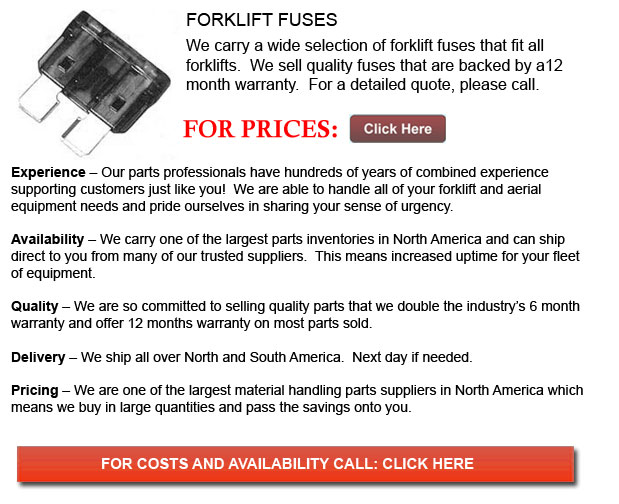
Fuse for Forklift - A fuse comprises either a wire fuse element or a metal strip within a small cross-section which are connected to circuit conductors. These units are usually mounted between a couple of electrical terminals and normally the fuse is cased within a non-combustible and non-conducting housing. The fuse is arranged in series capable of carrying all the current passing throughout the protected circuit. The resistance of the element produces heat due to the current flow. The construction and the size of the element is empirically determined to be able to be sure that the heat produced for a normal current does not cause the element to reach a high temperature. In instances where too high of a current flows, the element either melts directly or it rises to a higher temperature and melts a soldered joint inside the fuse which opens the circuit.
An electric arc forms between the un-melted ends of the element whenever the metal conductor components. The arc grows in length until the voltage considered necessary to be able to sustain the arc becomes higher than the accessible voltage within the circuit. This is what truly causes the current flow to become terminated. When it comes to alternating current circuits, the current naturally reverses direction on each and every cycle. This method greatly enhances the speed of fuse interruption. When it comes to current-limiting fuses, the voltage required to sustain the arc builds up fast enough to essentially stop the fault current before the first peak of the AC waveform. This effect tremendously limits damage to downstream protected devices.
The fuse is normally made from silver, aluminum, zinc, copper or alloys in view of the fact that these allow for predictable and stable characteristics. The fuse ideally, will carry its current for an indefinite period and melt quickly on a small excess. It is important that the element should not become damaged by minor harmless surges of current, and should not change or oxidize its behavior after possible years of service.
The fuse elements can be shaped to increase the heating effect. In larger fuses, the current can be divided among numerous metal strips, while a dual-element fuse might have metal strips that melt right away upon a short-circuit. This kind of fuse may also contain a low-melting solder joint that responds to long-term overload of low values than a short circuit. Fuse elements may be supported by steel or nichrome wires. This will make sure that no strain is placed on the element but a spring may be included to increase the speed of parting the element fragments.
It is common for the fuse element to be surrounded by materials which are meant to speed the quenching of the arc. Air, non-conducting liquids and silica sand are some examples.
![]() Click to Download the pdf
Click to Download the pdf
Forklift Parts
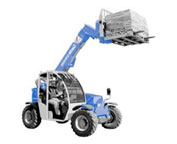
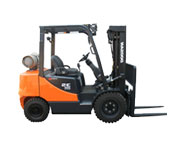
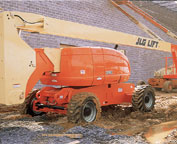
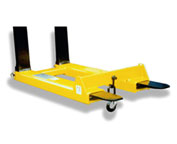
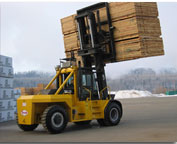
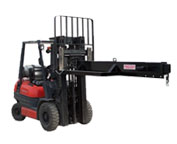
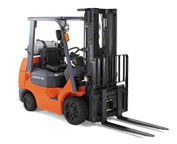
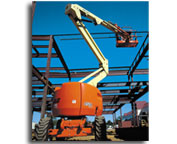
Lift Parts Express
TOLL FREE: 1-888-695-7994
LOCAL: (408) 329-1477
2784 Homestead Rd 125
Santa Clara, California
forkliftpartssantaclara.com
Email Us
About Us


